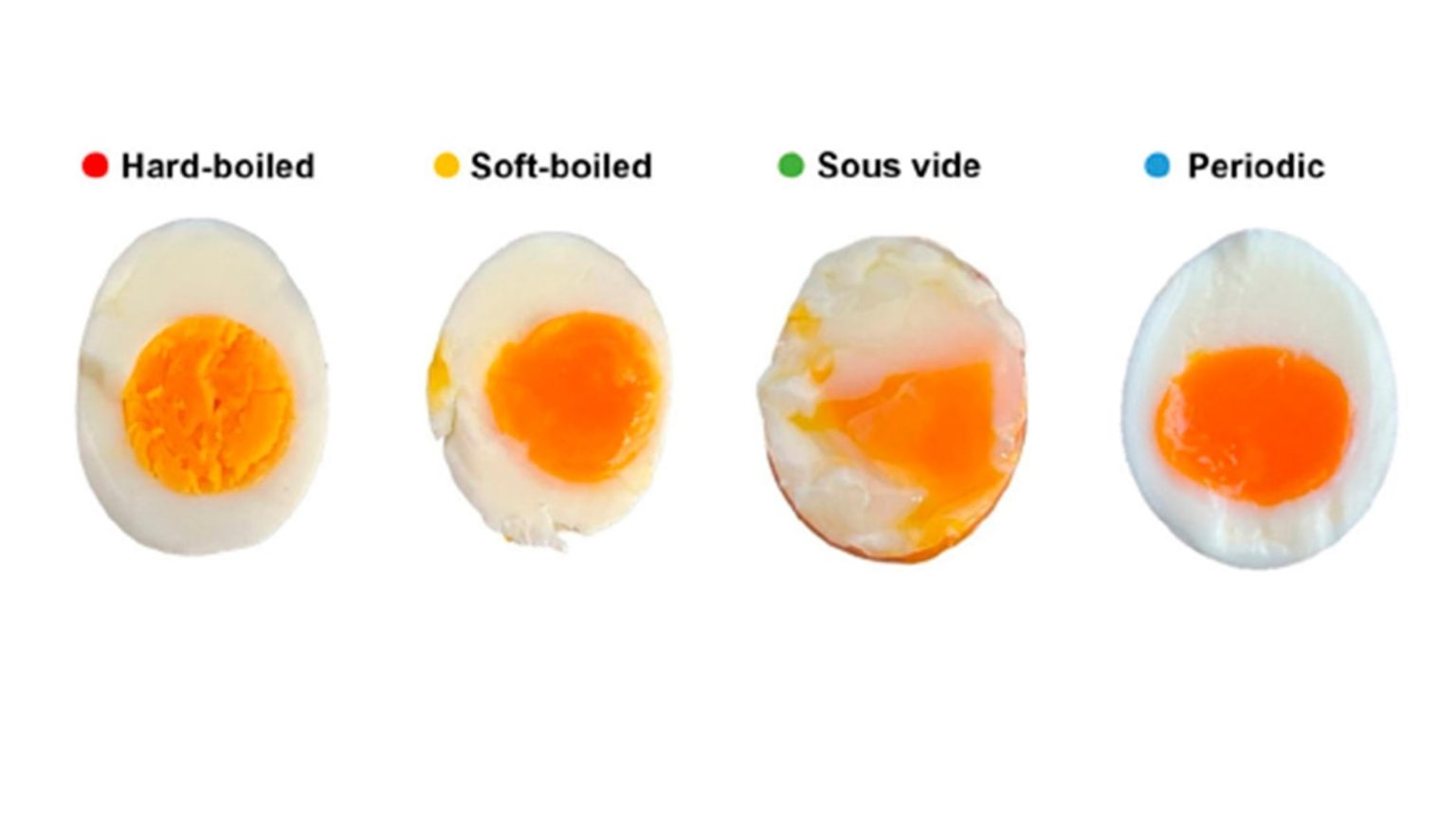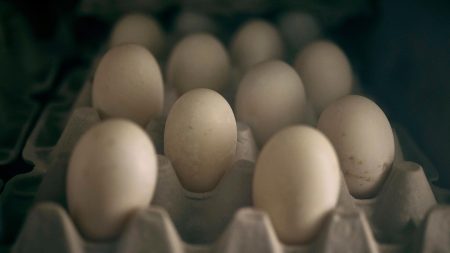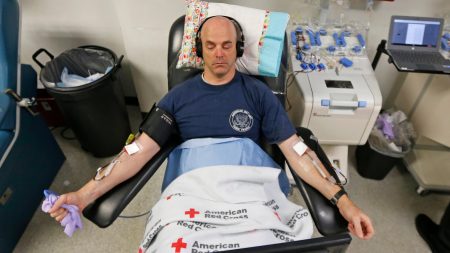Cracking the Code: The Science Behind the Perfect Boiled Egg
The Quest for the Ideal Boiled Egg
Boiling an egg may seem simple, but achieving the perfect balance between a velvety yolk and a soft, set white has long been a culinary challenge. Scientists have now cracked the code, offering a precise method to cook eggs to perfection. This breakthrough comes at a time when egg prices in the United States are soaring due to a bird flu outbreak, making every egg count. The perfect boiled egg, as defined by researchers, features a yolk that’s creamy and spreadable, paired with whites that are fully set but not rubbery. The difficulty lies in the fact that egg whites and yolks cook at different temperatures, making it easy to end up with either a chalky, overcooked yolk or undercooked, jelly-like whites.
The Science Behind the Solution
To tackle this problem, researchers conducted extensive experiments, cooking hundreds of eggs and using mathematical equations to understand the cooking process. One equation focused on heat transfer between the cooking surface and the egg, while another explored the phase transition of egg contents from liquid to solid, passing through a gel-like state in between. This deep dive into the physics and chemistry of cooking led to the development of a novel method called periodic cooking. The process involves transferring eggs between two bowls of water—one boiling and the other lukewarm at 86°F (30°C)—every two minutes for a total of 32 minutes. After cooking, the eggs are cooled under running water before peeling.
A Home-Friendly Method
While the method may sound complicated, it’s surprisingly accessible for home cooks. According to Gregory Weiss, a chemist at the University of California, Irvine, who wasn’t involved in the study, this technique can easily be tried at home with a steamer basket and a handful of eggs. The periodic cooking method ensures that the whites are fully set through repeated heating and cooling, while the yolks remain firm and creamy, reaching a consistency that’s spreadable on bread. Emilia Di Lorenzo, one of the study authors from the University of Naples Federico II, described the yolk as being so smooth it could almost be spread like butter.
Testing the Technique
To verify the effectiveness of their method, the researchers not only analyzed the chemical makeup of the eggs but also conducted a taste test with a panel of eight volunteers. The periodically cooked eggs were compared alongside traditionally boiled eggs, and the results were clear: the new method produced a more desirable texture and taste. The combination of a runny yet firm yolk and a soft, fully set white offered a superior mouthfeel that justified the longer cooking time.
Expert Opinions on the Method
Food scientist Joanne Slavin from the University of Minnesota, who was not involved in the study, noted that while this method requires more time and effort than standard boiling, the payoff in texture and flavor makes it worth the extra steps. “This is a slower process to get a better outcome,” she said, emphasizing that the end result is a more satisfying culinary experience. The study, published in the journal Communications Engineering, highlights the potential for this technique to become a new standard in egg cooking.
Conclusion: A New Era for Egg Cooking
The discovery of the perfect boiled egg represents a significant advancement in culinary science, offering home cooks and professional chefs alike a reliable way to achieve consistent results. While the method may take some time to get used to, the promise of a perfectly cooked egg with a creamy yolk and soft whites is sure to excite anyone who loves eggs. As food science continues to evolve, innovations like this remind us that even the simplest dishes can be elevated through careful research and creativity. With this technique, the humble boiled egg is officially redefined.















